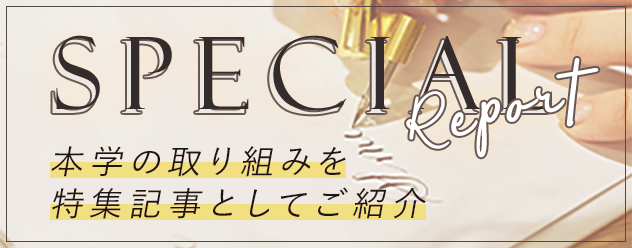


Assistant Professor Department of Orthoptics Faculty of Medical Technology Teikyo University
Professor Ryusei Takigawa?

After graduating Department of Orthoptics, Faculty of Medical Technology Teikyo University in 2015, he will proceed to Graduate School and complete his doctoral course in 2023. He will serve as Teaching Associate in Department of Orthoptics from 2015 to 2023, and become Assistant Professor in 2024. He will be particularly active in improving anisometropia.




Visual acuity is a general term for the functions of the eyeball and the brain's ability to process information. Visual acuity is one of the most representative functions of visual acuity, but it also includes a variety of other abilities such as sensing light, distinguishing colors, and forming an image of what is seen.


Even if the function of the eyes is normal, problems with the brain can result in differences in perception. For example, visual information sent from the left and right eyes is recognized as a single visual image in the occipital lobe of the brain, but if there is some kind of disorder in the pathway from the eyes to the brain, the ability to see with both eyes will be impaired.


Nowadays, various treatments for vision problems have been developed, and tests can lead to appropriate treatment. orthoptist are nationally qualified specialists who correct amblyopia and strabismus and test visual function. They work in cooperation with doctors and are responsible for testing and training.


Dr. Takigawa studies "aniseikonia," which refers to a condition in which there is a difference in the size of the image seen by both eyes due to differences in the power of the left and right eyes or retinal diseases. In modern society, the advent of advanced equipment can lead to daily stress such as eye strain and headaches, so it is essential to have an examination and understanding of the situation by orthoptist.


orthoptist who can conduct visual examinations and propose improvement processes bring great hope to patients who are worried about their vision. Even in a society where the SDGs are being achieved, orthoptist can contribute to improving the QOL of people around the world, since the ability to see is one of the foundations of everyone's health.


